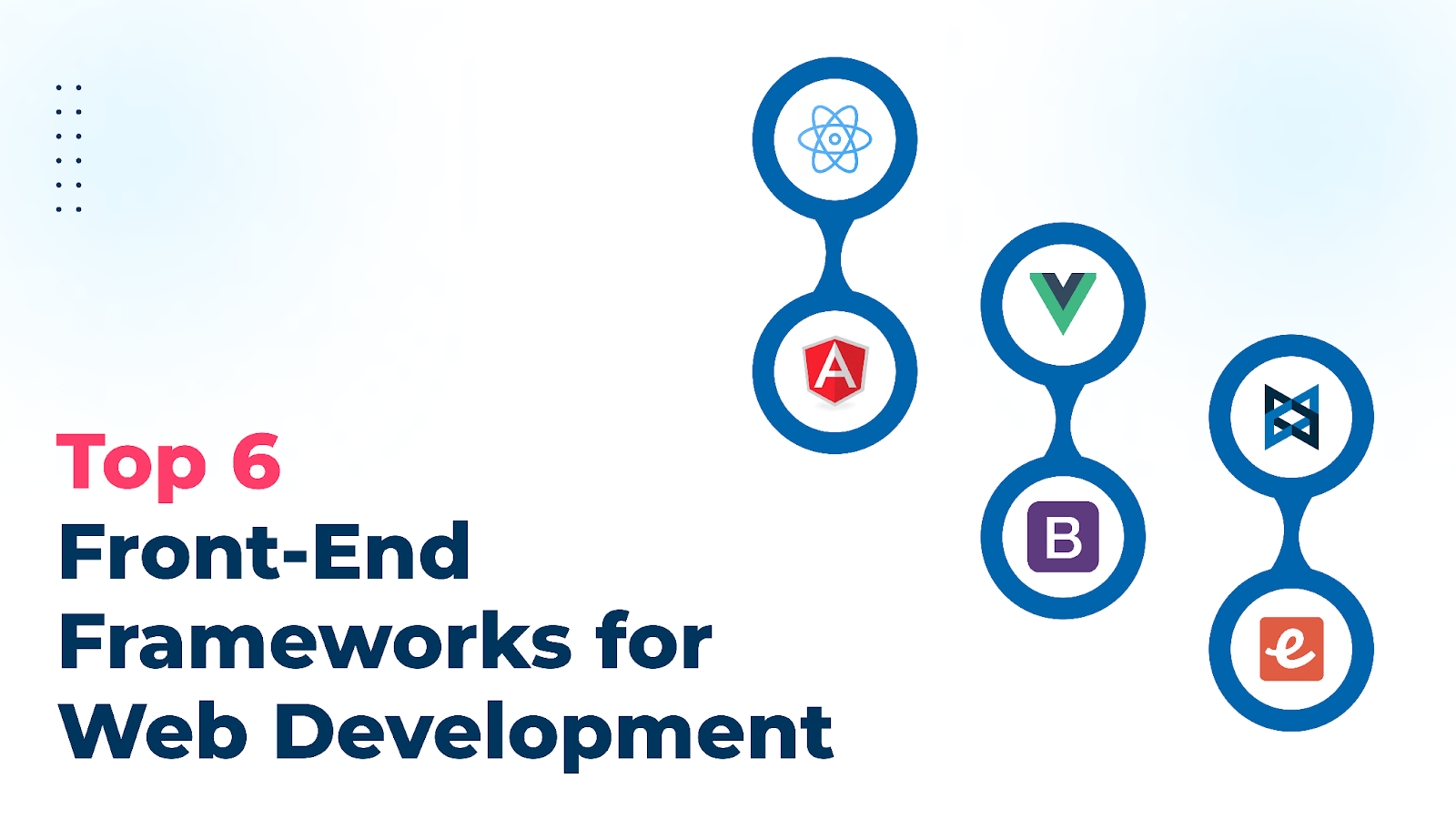Selecting the right approach for app development is crucial for businesses. Cross-platform app development services offer a unified solution across various mobile operating systems, but are they the right choice for your next project? Explore the world of cross-platform app development services, highlighting their strengths and challenges to help you make an informed decision for your business needs.
The Essence of Cross-Platform App Development Services
Cross-platform app development services focus on creating applications compatible with multiple mobile operating systems from a single codebase.
Defining Cross-Platform Services
These services use specialized tools and programming languages to enable developers to build applications that function seamlessly across iOS, Android, and other platforms. For example, Airbnb’s app, initially developed in React Native, showcases the potential of cross-platform technologies in delivering a consistent user experience.
Leading Technologies in the Market
React Native blends native modules with JavaScript, while Flutter, backed by Google, impresses with its rich widgets and fast rendering. Microsoft’s Xamarin is another player known for its ability to interoperate with different platforms.
Market Adoption and Growth
The demand for efficient, cost-effective development solutions has led to a surge in the adoption of cross-platform frameworks, particularly among startups and SMEs. Like Pinterest and Uber Eats have turned to cross-platform frameworks, reaping the benefits of reduced time-to-market and broader audience reach.
Cross-Platform vs. Native Development
While native development focuses on platform-specific languages (like Swift for iOS and Kotlin for Android), cross-platform services offer a more holistic approach. This can be especially beneficial for start-ups or SMEs, like the meditation app Calm, which utilized cross-platform development to quickly capture market share.
Trends and Future Outlook
The market for cross-platform services is expanding rapidly, with predictions pointing towards increased adoption due to its scalability and efficiency.
Advantages of Cross-Platform Development Services
Cross-platform app development services present several benefits particularly attractive to businesses looking to maximize efficiency.
- Cost Efficiency
Companies can significantly reduce development and maintenance costs by sharing a single codebase across platforms. This was evident in the development of the Alibaba app, which used Flutter to reduce resource expenditure.
- Quicker Development and Deployment
Cross-platform development accelerates the development cycle, enabling businesses to launch their apps more rapidly. An example is Skype, which leveraged this benefit to stay competitive in the fast-paced communication app market.
- Consistent User Experience
Ensuring a uniform user experience across different platforms helps maintain brand consistency, as seen with the Facebook app, which maintains a similar look and feel across devices.
- Simplified Updates and Maintenance
Updating and maintaining apps becomes more straightforward with a single codebase, as demonstrated by the Shopify app, which efficiently rolls out new features across all platforms.
- Broader Audience Reach
Businesses can target a wider audience by addressing users on both iOS and Android, much like the popular game app “Pokémon Go,” which was developed to cater to both platforms from the start.
- Access to a Rich Pool of Resources
A wealth of development tools and resources are available, facilitating support and innovation in app development.
- Challenges Faced in Cross-Platform Development Services
Despite the advantages, there are challenges inherent in cross-platform app development services that businesses must consider.
- Performance Considerations
These apps may not always deliver the same performance level as native apps, especially in graphics-intensive applications.
- Integration with Native Features
Integrating with native device features can be more complex, as was observed in the development of complex apps like games or those requiring detailed GPS functionality.
- Nuances in User Experience
Achieving a native look and feel on each platform can be challenging and may affect the overall user experience. This issue was notably addressed in updates to the Instagram app, which initially struggled with cross-platform consistency.
- Complexity in Third-Party Integrations
Integrating with third-party services and APIs can be more complicated and may require additional customization, as experienced by banking apps that require high-level security integrations.
- Managing Codebase Complexity
As applications scale, maintaining a single codebase can become increasingly complex, necessitating a more strategic approach to code management.
- Reliance on Specific Frameworks
The development process heavily depends on the chosen framework, which may limit flexibility in some scenarios, as seen when Twitter moved away from React Native for certain features to achieve better performance.
- Evaluating Cross-Platform Services for Your Project
Determining the suitability of cross-platform development services for your project involves assessing various project-specific factors.
- Analyzing Your Audience’s Platform Preferences
Understanding which platforms your target audience prefers is crucial; a diverse user base across multiple platforms favors a cross-platform approach similar to that of Spotify, which makes a strong case for cross-platform development.
- App Complexity and Technical Requirements
Cross-platform services are highly effective for less complex applications, but native development might be better. More complex, high-performance apps like advanced games might benefit more from native development.
- Budget and Resource Allocation
Businesses with limited budgets, such as startups, often find the cost-efficiency of cross-platform development particularly attractive.
- Time-to-Market and Speed of Deployment
In sectors where time-to-market is critical, such as news or entertainment apps, the quicker development timelines of cross-platform apps offer a distinct advantage.
- Long-Term Maintenance and Scalability
Considering the long-term maintenance and scaling requirements, cross-platform apps can offer easier and more cost-effective maintenance, and scalability, as seen with LinkedIn, can be more manageable and cost-effective.
- Adaptability to Future Trends
Consider how your app needs to adapt to future technological trends. Cross-platform apps can offer more flexibility in integrating new features and technologies, as evidenced by the continuous evolution of the Twitter app.
Conclusion
Cross-platform app development services are an increasingly popular choice for businesses, thanks to their cost-effectiveness, faster development timelines, and ability to reach a wider audience. However, weighing these benefits against potential performance trade-offs and the complexities of maintaining a consistent user experience across platforms is crucial. The decision should be based on a thorough analysis of your project’s specific requirements, audience needs, budget constraints, and long-term objectives. By carefully considering these factors, you can determine if cross-platform app development services are the strategic choice for your next project, ensuring a successful and forward-looking digital solution.









